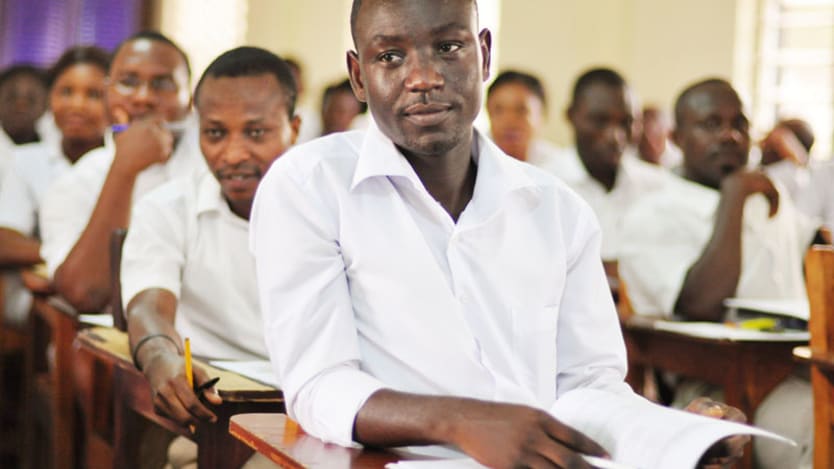
WASHINGTON — DAI and IntraHealth International have decided to enter into a unique affiliation agreement in a move the organizations say comes in response to a development sector that is demanding change and new ways of thinking.
As part of the deal, DAI will take controlling governance of IntraHealth — DAI will appoint a majority of the board — but IntraHealth will remain a separate entity. It is a legal affiliation between the two organizations, which both have a presence in North Carolina and have a history of working together.
The arrangement, while unorthodox, allows the two organizations to have a closer connection than a loose partnership and aims to maximize the benefits that both a nonprofit and a for-profit bring respectively. Intrahealth will remain an independent nonprofit, and neither organization is anticipating any significant layoffs as a result of the agreement as both organizations will remain independent and keep current work and structures. Down the road as backend systems and operations are more closely linked, there may be some changes, they told Devex.
“People are saying we want you to work differently. One way to work differently is daring to try a new structure and new approaches,” said Pape Amadou Gaye, the president and CEO of IntraHealth. “I think both of our organizations are saying we are committed to development. We’ve seen the field changing [and] how can we as organizations change to bring new, creative, novel solutions to the field? That’s what’s driving us.”
An affiliation between a for-profit company and a nonprofit organization is not the first of its kind. Still, it took time to iron out the specifics before IntraHealth’s board approved the decision on Monday. During the course of the next several months, the organizations will start to “share information and ideas and work to create new approaches that are more holistic and integrated,” said Chris LeGrand, the president of DAI Global Health.
DAI, a for-profit development company founded in 1970, has focused on economic growth, market-based solutions, governance and tackling challenges arising from instability. It didn’t traditionally have a global health practice, but the company has been steadily working toward one over the past year and a half through an acquisition and the purchase of minority equity stakes in a few companies. So this move makes sense.
Opinion: The future of health financing
Global development professionals are working toward a day when health coverage is universal and our global population has unprecedented options for care. But how will we reach this future? And how can we afford it?
Pape Gaye, president and CEO at IntraHealth International, gives us the lowdown in this guest column.
IntraHealth, which spun off from the University of North Carolina in 2003, has focused on improving health systems, with a particular emphasis on better equipping health workers. The organization has grown more than five-fold in recent years and that growth also led leadership to look ahead at how global health was changing and how they might have a greater impact, Gaye said. So when they started looking to other organizations they might work with, DAI was a logical partner, in part because of how it would expand the organization’s geographic reach and provide an opportunity to work across sectors, he said.
“If we want to become a true international development organization, it behooves us to break out of our silos and try to bring new offerings to the field,” Gaye said.
It helps that Gaye and LeGrand have known each other for years and worked together — and that the organizations have built trust and have a cultural alignment, they said.
In a business where so much of the work comes in the form of projects, awards and grants, which are inconsistent, the affiliation may allow for staff exchanges or other opportunities that could help the long-term sustainability of the organizations, Gaye and LeGrande said.
Both organizations are reaching out to staff and key donors explaining the decision and IntraHealth is putting in place safeguards and is committed to keeping its tax-exempt status. And when approaching philanthropic funders, IntraHealth will take the lead as it’s easier to approach them as a nonprofit. It will also maintain its special relationships on the international global health stage — including the ability to make statements at the World Health Assembly.
While they are already working together on some projects — including a contract to work on infant and maternal mortality in Indonesia — the organizations will explore how they can leverage expertise and develop new or different solutions to development challenges. The two organizations are likely to explore how to use market-driven solutions to address the severe global shortage of health care workers and how data and technology can impact health systems.
Read more international development news online, and subscribe to The Development Newswire to receive the latest from the world’s leading donors and decision-makers — emailed to you free every business day.








